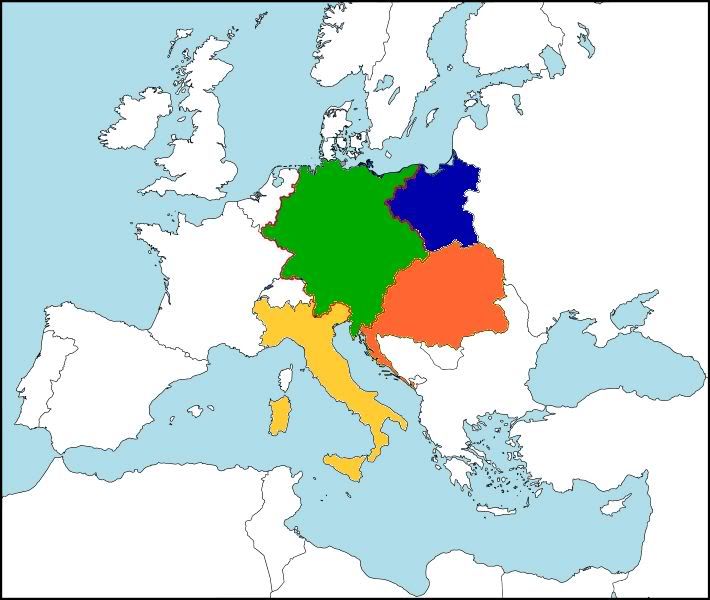Dance.Down
Warlord
- Joined
- Sep 8, 2009
- Messages
- 286
Thanks Dance! I'm glad to see that my mapmaking method is reasonably realistic. However, I've got a question of one thing which I don't get.
The Yukon River has a huge marshy outflow where it hits the sea, as do the Rivers Fraser and Mackenzie, all of which are in the northwest corner of North America. Are those not deltas?
Yes you are entirely correct and I made a mistake! Deltas refer to the mouth of the river, I was thinking of flood plains.

Let me go edit that.


 Thanks, personally I feel that I can do a better job of explaining things but I fear I would be too technical. I'll get to forests by Wednesday (it's a bigger section).
Thanks, personally I feel that I can do a better job of explaining things but I fear I would be too technical. I'll get to forests by Wednesday (it's a bigger section).

